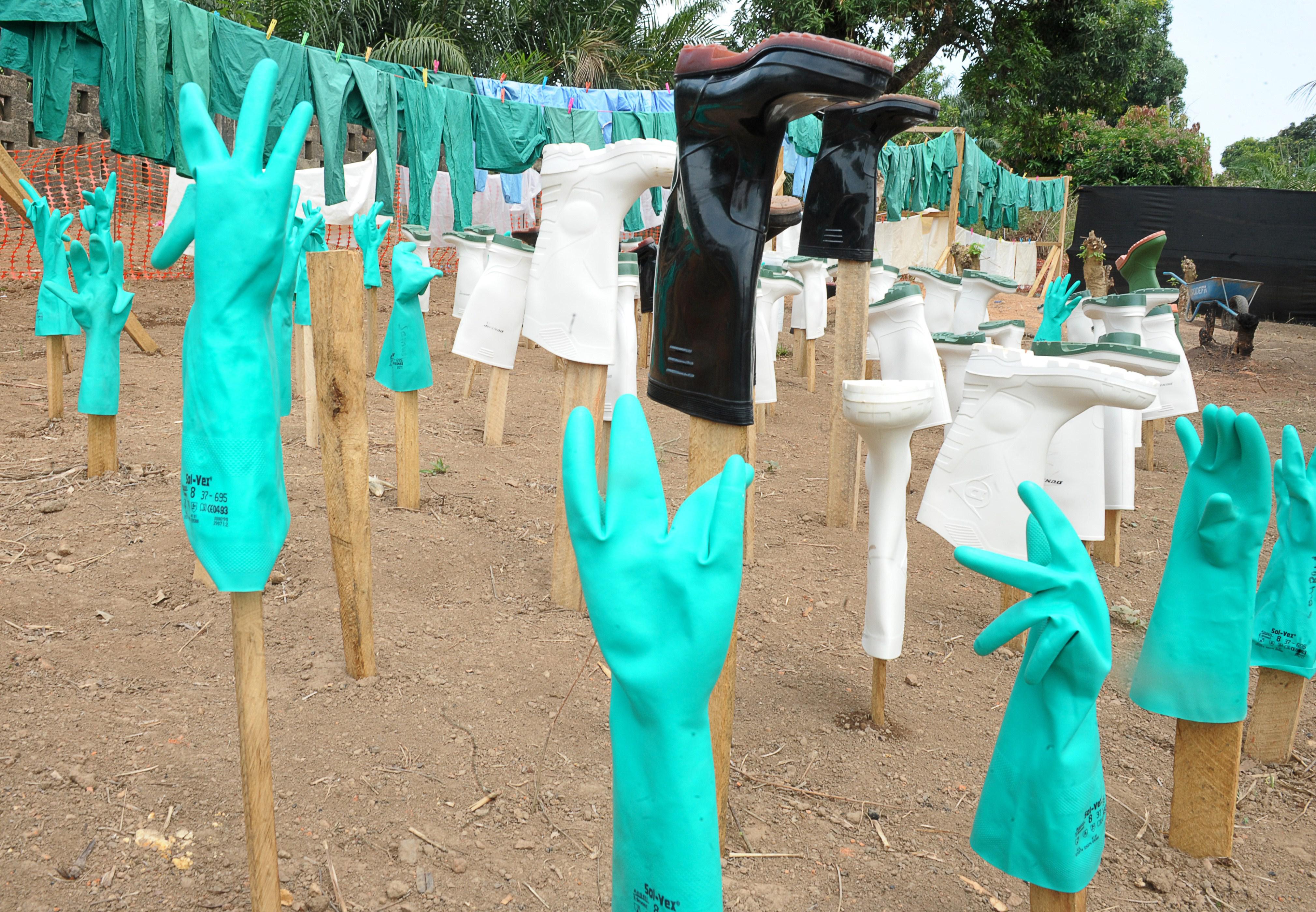Make no mistake—Ebola is a terrifying disease. Outbreaks can have fatality rates of up to 90 percent, and its symptoms are painful, disgusting, and terrifying to people in affected areas. But the disease’s only saving grace may be that it’s relatively hard to transmit: You can become infected with Ebola only by coming into direct contact with the blood or bodily secretions of someone who is infected.
Ebola outbreaks have had death tolls in the hundreds before, including the original outbreak that made the disease famous in Zaire, now the Democratic Republic of Congo, in 1976, the Kikwit outbreak of 1995, and an outbreak in Uganda in 2000. But more typically, outbreaks take place in remote rural areas and are short-lived once health workers can isolate them.
That’s in part why the current outbreak in Guinea, which has already killed at least 83 people, is so alarming. The disease has now reached the capital, Conakry, and has also seen confirmed cases in Liberia, and suspected cases in Sierra Leone. The outbreak has jumped international borders, the epicenter is in a country that has never seen an outbreak before, meaning medical staff are relatively inexperienced, and it’s now in a crowded city of nearly 2 million people.
With poor sanitation and high population density, outbreaks of other diseases—particularly cholera—have occurred regularly in Conakry. Earlier suspected cases of Ebola last month turned out to be cholera.
Neighboring Senegal has closed its border with Guinea over the unprecedented crisis, and Saudi Arabia—which is facing its own epidemic—announced that it is suspending visas for pilgrims from Liberia and Guinea. The government of Guinea has also banned the consumption of bats, which are believed to be the incubators of the disease.
The good news, as Laurie Garrett notes, is that health workers have learned a lot about how best to address outbreaks, and for unclear reasons, the fatality rates of Ebola outbreaks have been decreasing in recent years as well. But the geographic dispersal of the disease in this case is particularly worrying. (Google Map the distance from Liberia’s Foya district to Conakry to get a sense of the geographic area we’re talking about.
On Monday, Medicins Sans Frontieres’ Conakry coordinator, Mariano Lugli, slammed the World Health Organization’s response to the outbreak and called the outbreak an “epidemic of a magnitude never before seen.”
Considering what the world has seen before from Ebola, that’s a pretty alarming statement.
